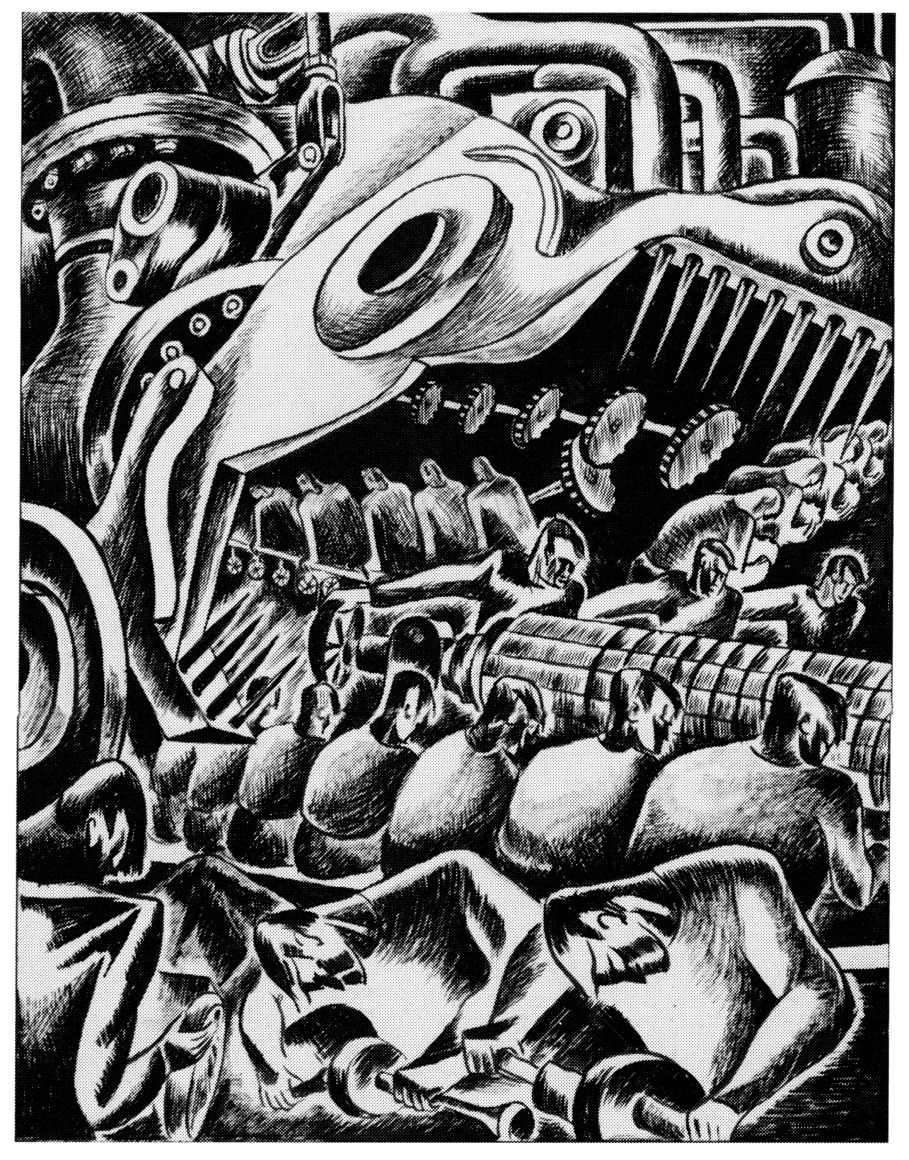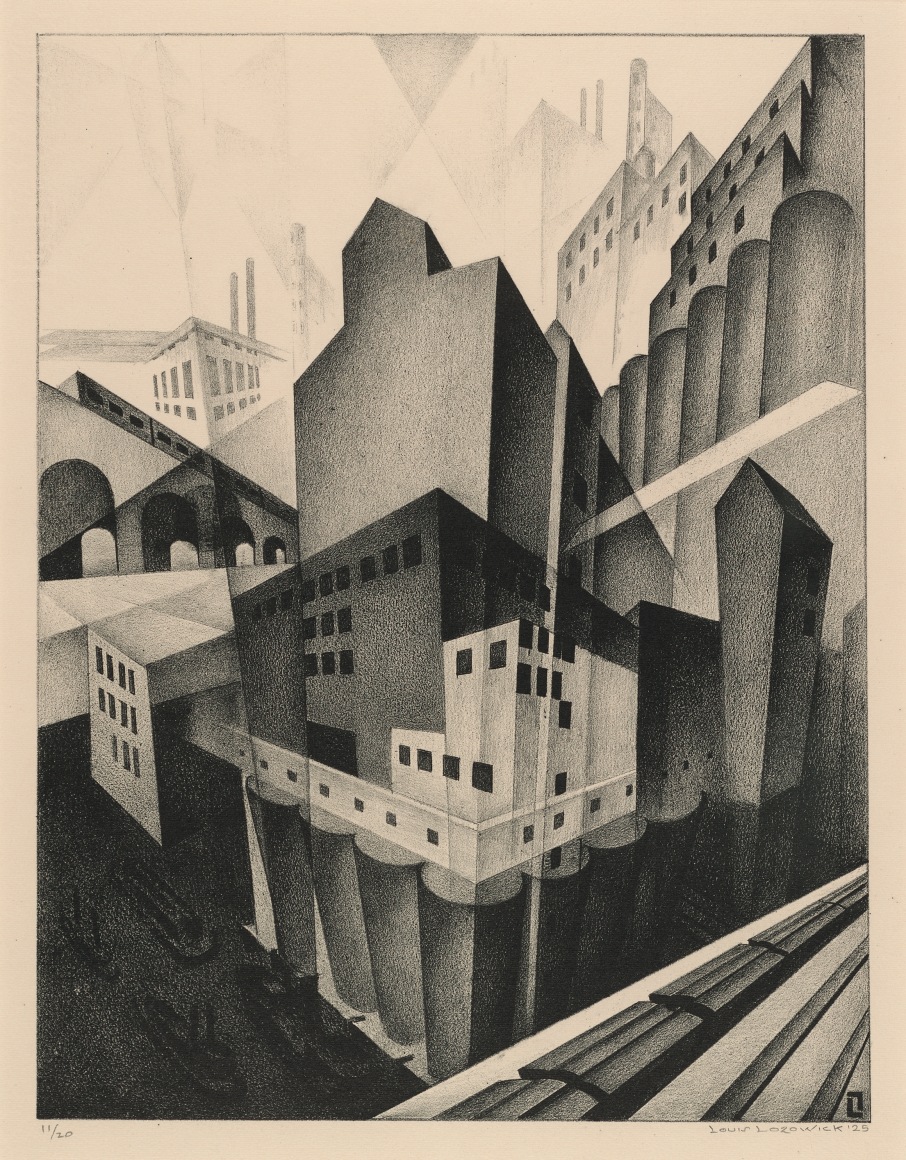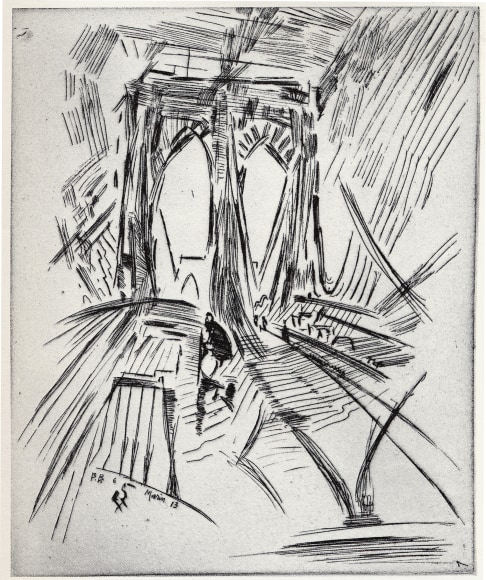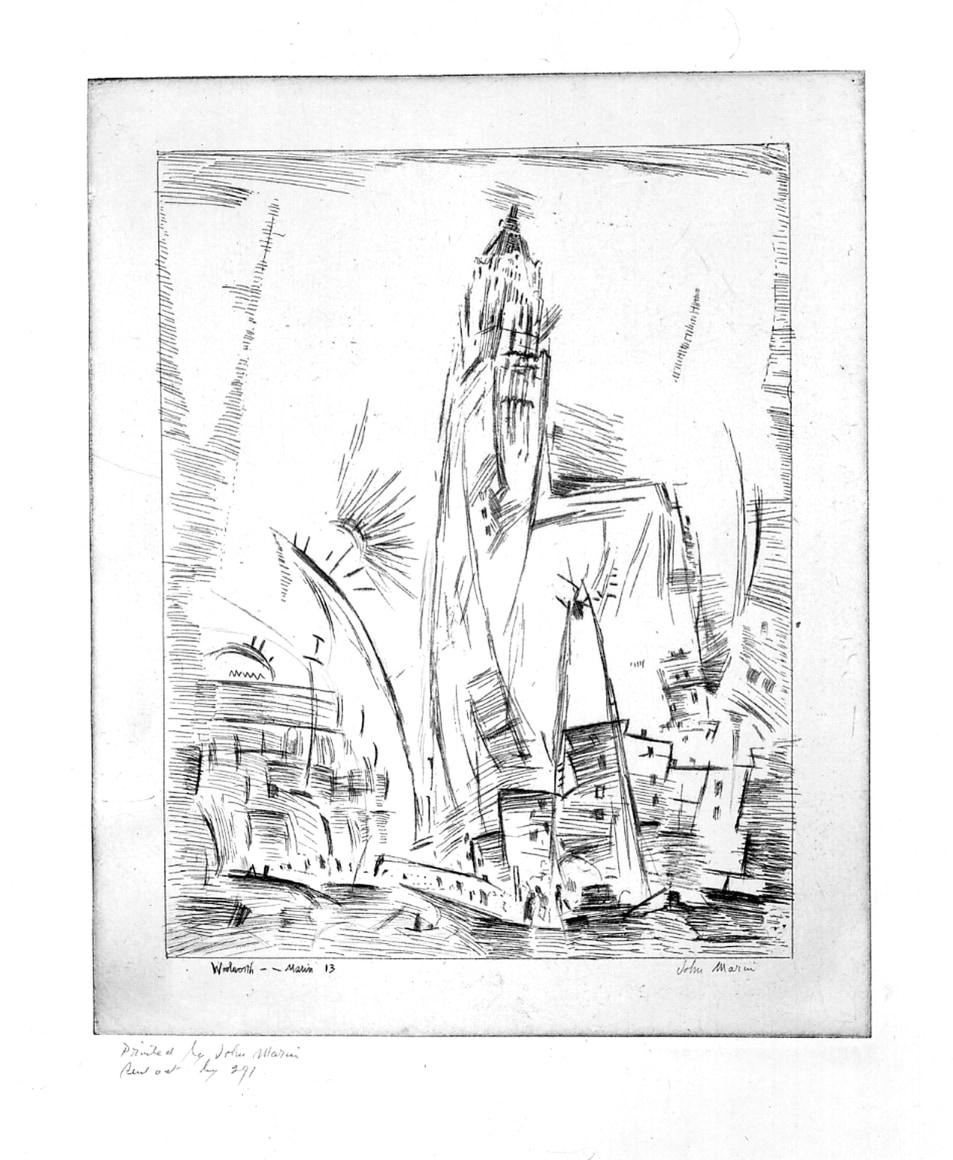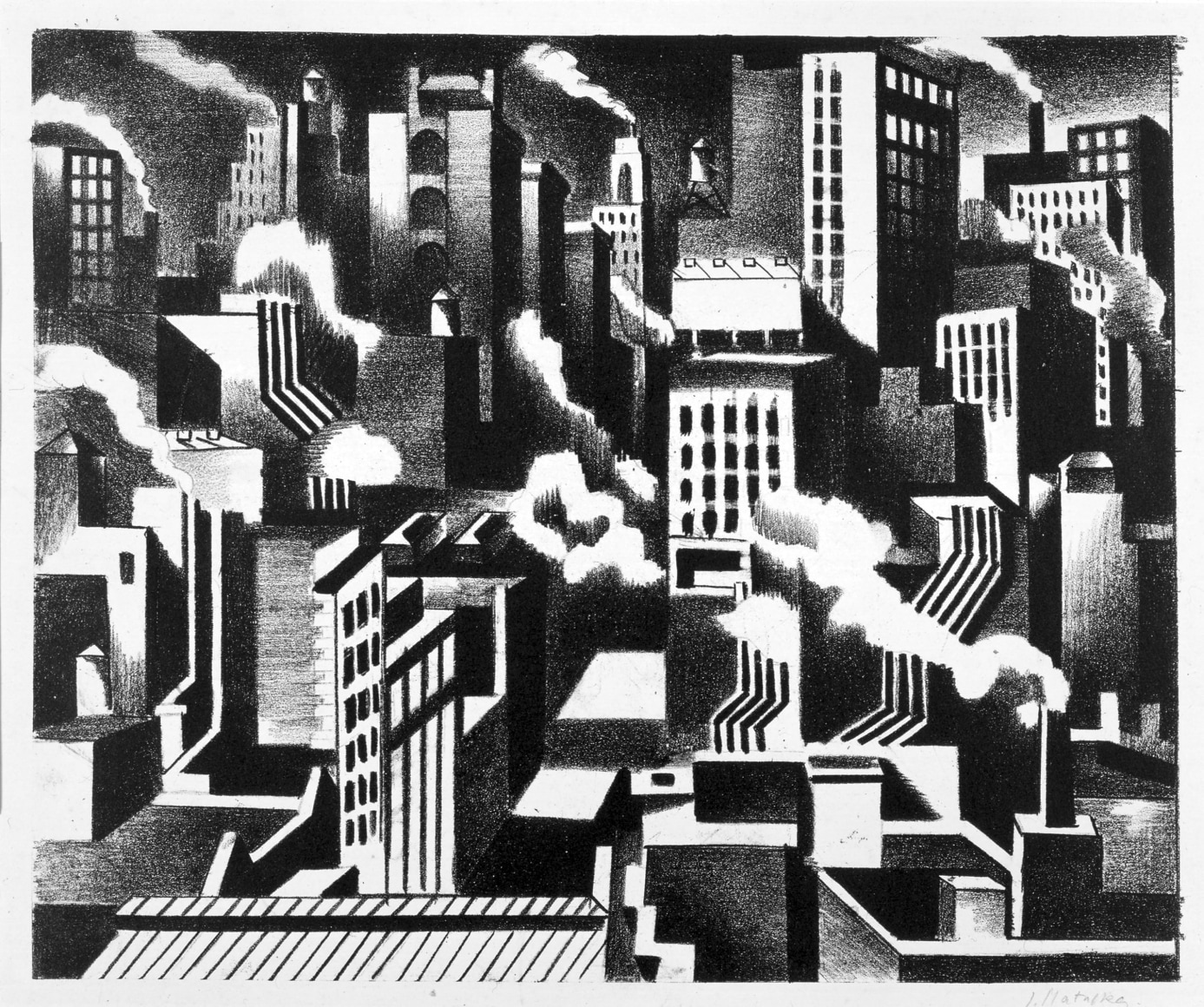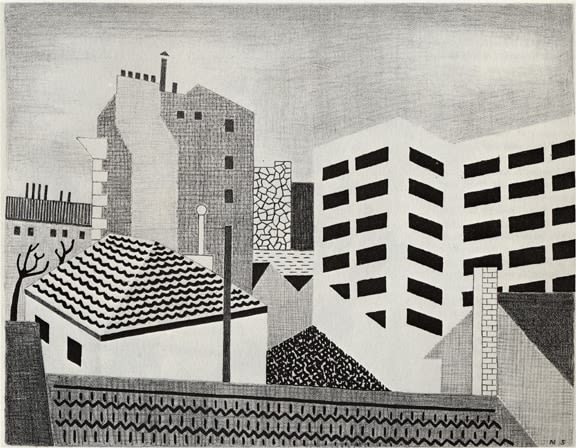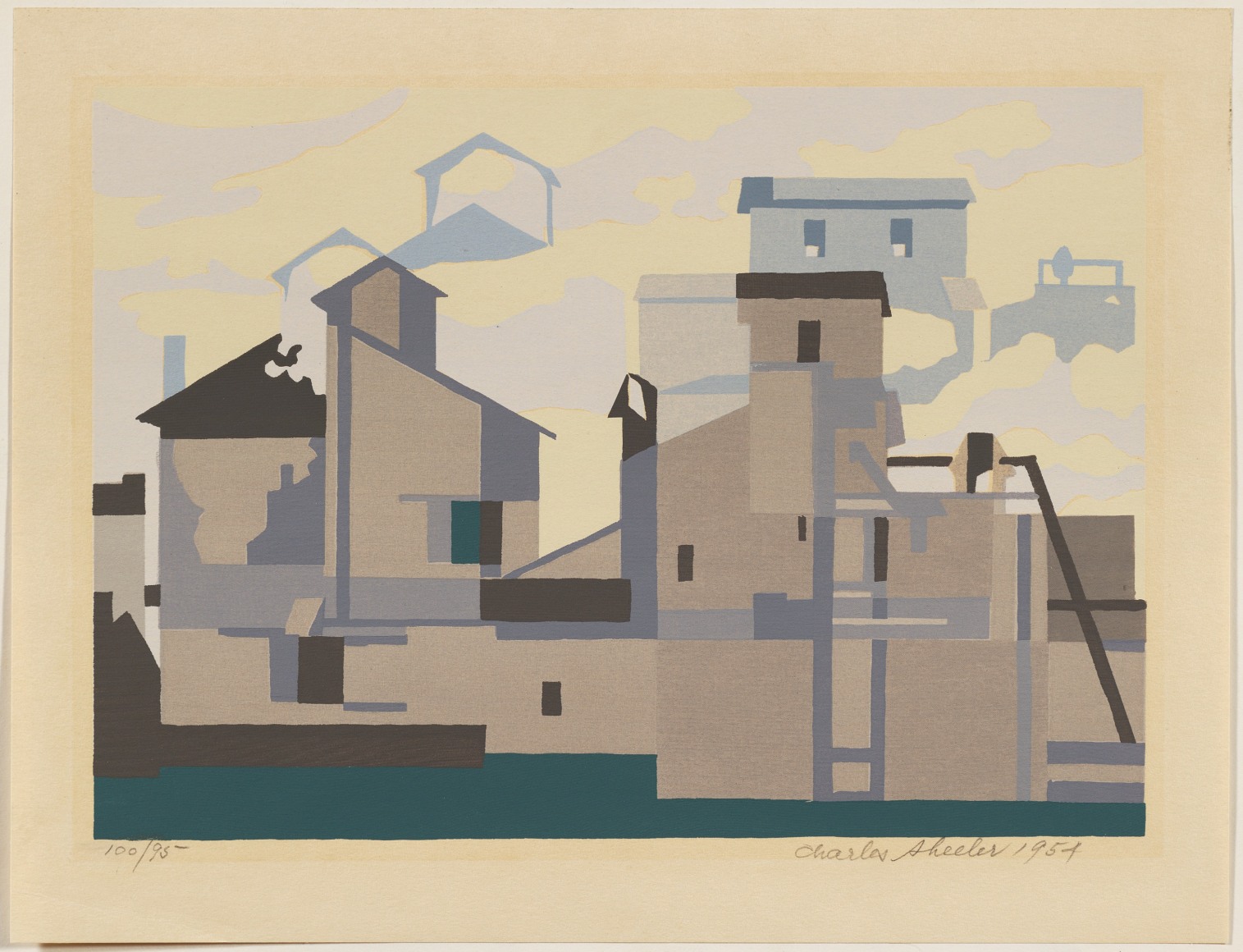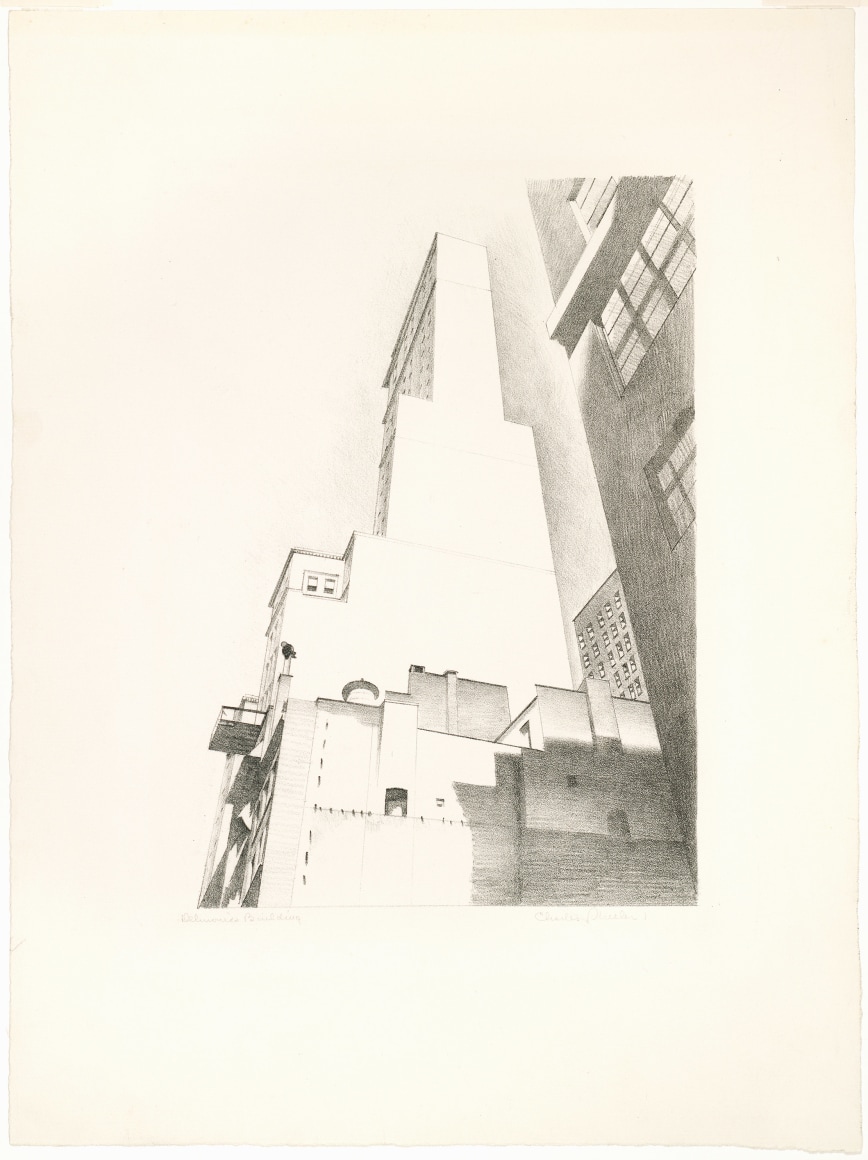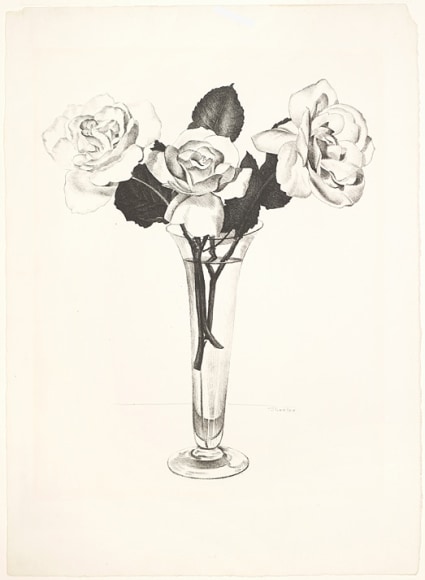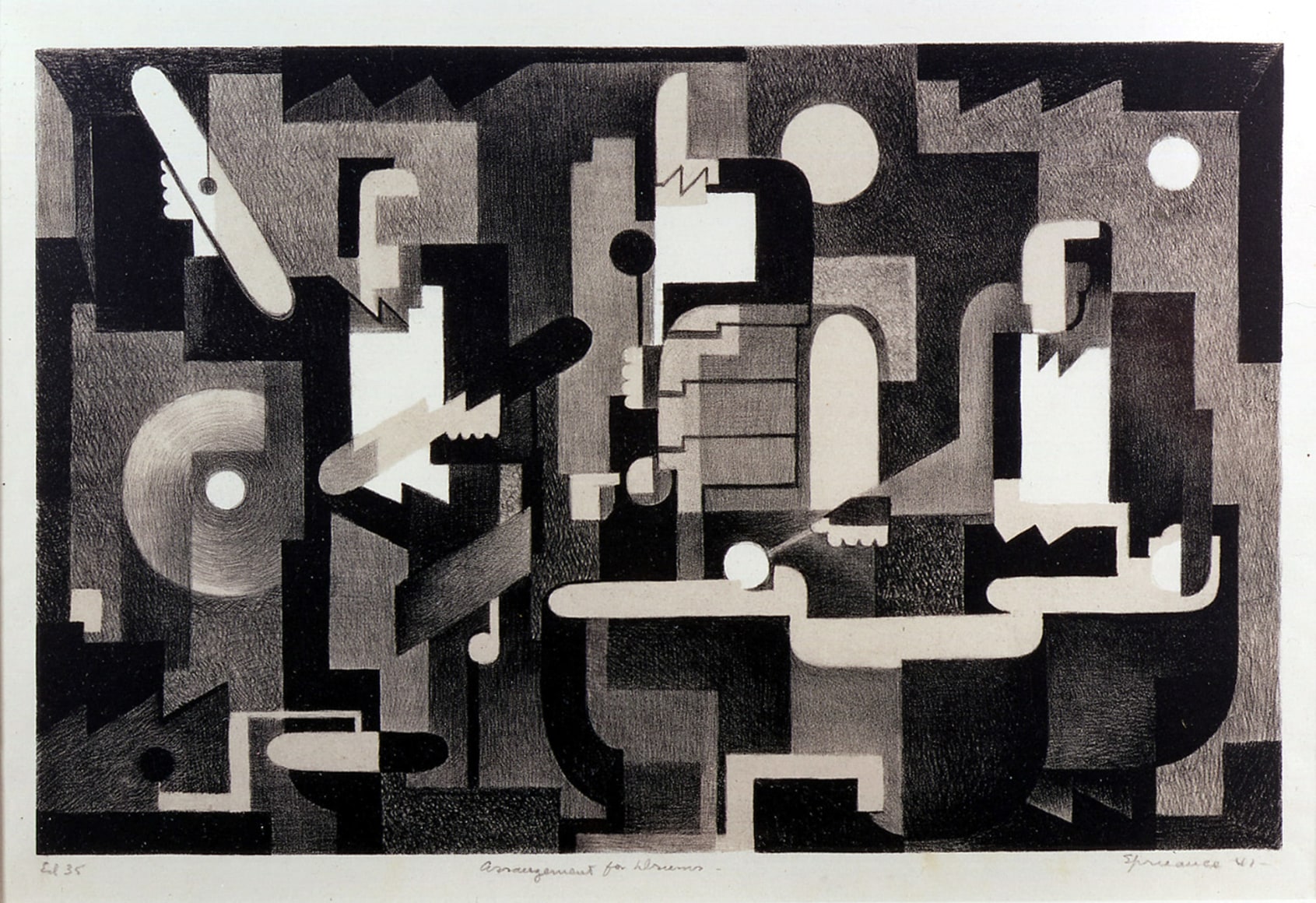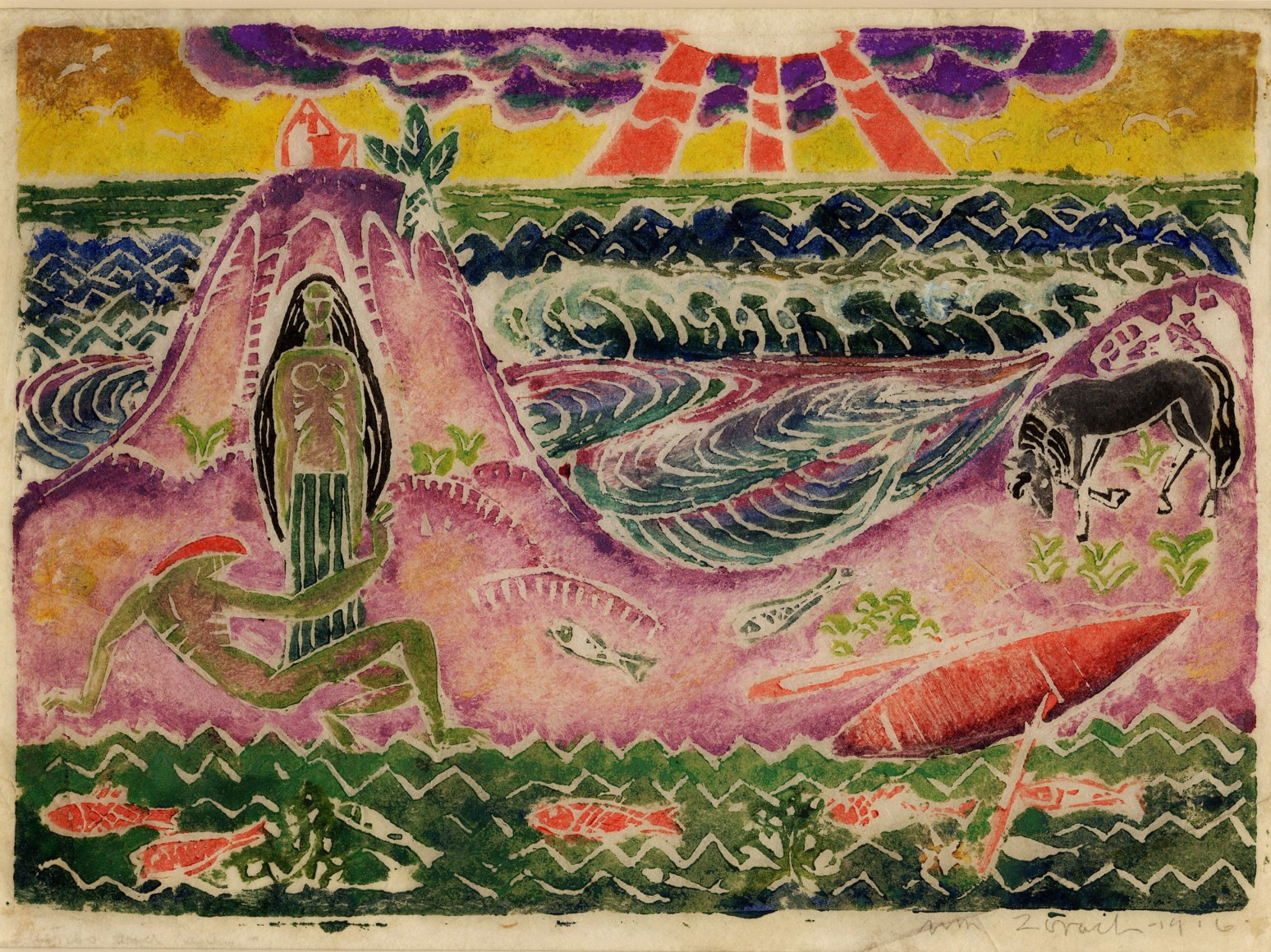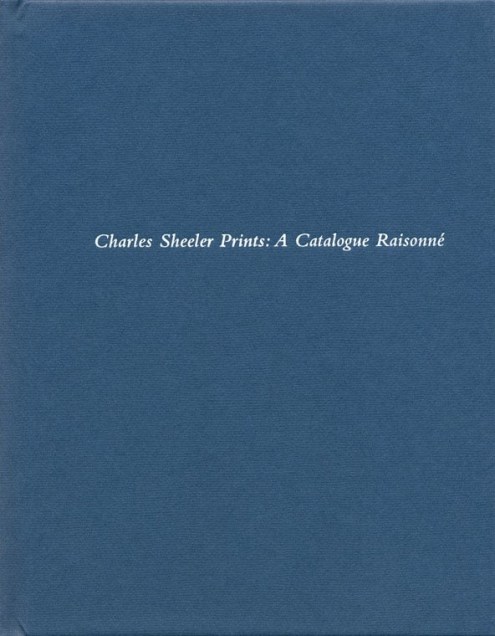NEW YORK – Craig F. Starr Gallery announces the opening of its January exhibition entitled American Modernism, which will open January 11, 2005 and run through February 12, 2005. The show will include works by important early 20th century American artists in a range of media including paintings, watercolors, drawings, etchings, lithographs, and woodcuts.
Highlights of the exhibition include a large charcoal drawing of New York by Georgia O’Keeffe, precisionist works by Charles Sheeler, George Ault, and Niles Spencer, three large lithographs by Stuart Davis from 1931, early John Marin etchings of the Brooklyn Bridge and the Woolworth building, and color woodcuts by Max Weber and Blanche Lazzell. Also included are watercolors by Arthur Dove and Oscar Bluemner, ink drawings of New York City by Abraham Walkowitz, and a pointillist watercolor by Earl Horter.
The decades between the wars marked a time of exciting artistic development in America. With the 1913 Armory Show as a catalyst, American artists were profoundly influenced by the achievements of the European avant-garde. Cubism, fauvism, and geometric abstraction challenged American artists to engage with the world around them in new ways. Simultaneously, American culture in general was changing at an increasingly accelerated pace. Industrialization and developments in building materials and machinery ushered in the modern era, complete with skyscrapers, bridges, and faster means of transportation. The changing face of the American landscape provided a seemingly limitless trove of visual inspiration for this generation of American artists.

